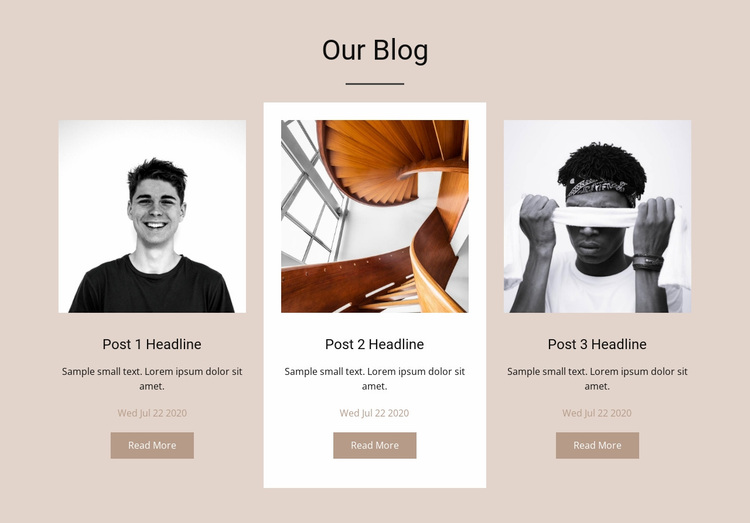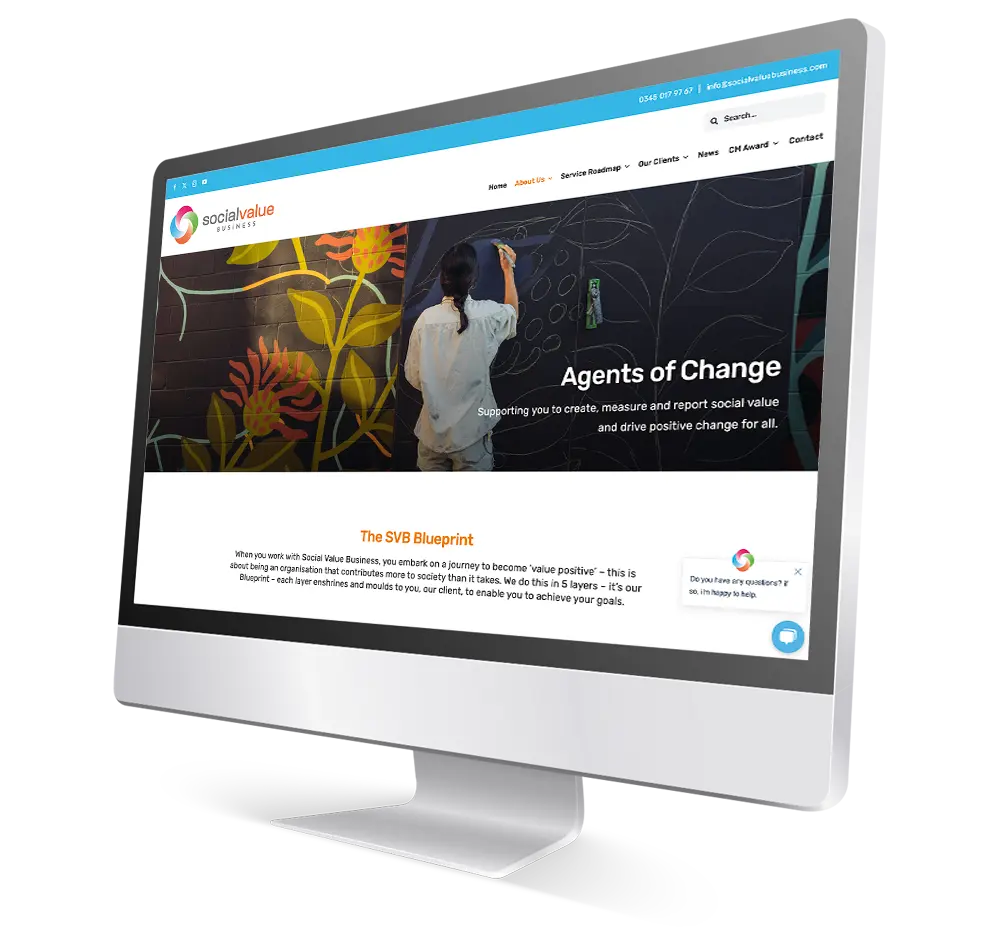How Website Design Can Improve Conversion Rates and Sales
Wiki Article
The Ultimate Overview to Modern Site Style Trends
In the ever-evolving electronic landscape, contemporary web site design fads play an important role in shaping customer experience and involvement. From the rise of minimalist style concepts that prioritize simpleness to the impact of strong typography in specifying brand name identification, each aspect adds to a natural on the internet existence.Minimalist Style Concepts
Minimal design concepts highlight the concept that much less is more, promoting for simplicity and performance in aesthetic communication. This approach strips away unneeded aspects, concentrating instead on vital elements that communicate the desired message efficiently. By focusing on clarity, minimal layout boosts user experience, allowing visitors to browse internet sites easily.
Core tenets of minimal design consist of the usage of adequate white room, which develops a feeling of equilibrium and organization. This negative area not only routes the customer's interest to key aspects but likewise promotes a calming aesthetic environment. Additionally, a restricted shade palette is commonly used, using soft colors or single systems to keep visual communication and prevent frustrating the user.
Typography plays an important duty in minimal design, where understandable typefaces are chosen for their simpleness and performance in interacting content. Eventually, minimalist design concepts grow a focused atmosphere that motivates individuals to involve with the content, boosting the general performance of contemporary site style.
Vibrant Typography Options
Embracing vibrant typography selections has come to be a specifying quality of contemporary internet site design, as it efficiently records interest and communicates solid messaging. Designers are progressively utilizing typography not simply as a functional element however as a crucial aesthetic component that enhances the overall aesthetic and user experience.
In addition, the association of vibrant typography with minimal style principles enables striking contrasts, improving readability while maintaining visual allure. Making use of whitespace around strong message further stresses its significance, making certain that the message resonates with the target market.
As electronic landscapes end up being more affordable, leveraging strong typography makes it possible for brand names to differentiate themselves and leave a long-term impact. The cautious option of typefaces and their application can evoke emotions, establish tone, and drive action, making vibrant typography a vital tool in modern web site layout. Ultimately, it is a powerful way to enhance narration and ensure that key messages are not only seen yet likewise really felt.
Receptive and Mobile-first Layout
Responsive and mobile-first style has emerged as an essential principle in contemporary website development, mirroring the increasing dependence on mobile tools for accessing online content. As individual behavior changes towards mobile surfing, developers have to focus on developing experiences that adjust perfectly throughout different display sizes and resolutions.A responsive design makes sure that a site instantly adjusts its format, photos, and functionality based upon the gadget being made use of. This approach boosts user experience by supplying constant navigation and readability, regardless of whether the visitor gets on a desktop, mobile phone, or tablet computer system. Additionally, mobile-first design supporters for establishing websites initially for smaller sized displays, consequently scaling approximately bigger screens. This strategy urges a much more effective and structured style procedure, focusing on vital material and functionality first.
Applying mobile-first and responsive concepts not only deals with customer preferences but also straightens with seo (SEARCH ENGINE OPTIMIZATION) methods. Significant online search engine, like Google, prioritize mobile-friendly websites in their rankings, browse this site making it essential for organizations to embrace these style methods. In an affordable digital landscape, accepting responsive and mobile-first layout is not simply an option; it is important for guaranteeing access and involvement with a varied target market.
Engaging Microinteractions
Microinteractions play an essential function in enhancing user interaction and general site experience, particularly in the context of responsive and mobile-first layout. These subtle layout aspects supply immediate comments to users, making interactions more delightful and user-friendly. Instances include button animations, notification signals, and filling signs, which not just overview users yet additionally produce a feeling of link with the user interface.Integrating interesting microinteractions can substantially enhance use by decreasing cognitive load. When individuals obtain visual or acoustic feedback upon executing actions, such as clicking a switch or sending a form, they really feel more certain in their selections. This cultivates a smoother navigation experience, inevitably raising individual retention.

As website design patterns remain to develop, the significance of microinteractions can not be overstated. They function as the subtle yet powerful touchpoints that change ordinary interactions into phenomenal experiences, thereby raising the total effectiveness of modern-day website design.
Lasting Website Design Practices
Sustainable website design techniques are becoming progressively crucial as the digital landscape grows and environmental concerns rise. Developers and designers are acknowledging their obligation to create internet sites that not just serve customer requirements but also reduce ecological influence. This method incorporates numerous essential techniques.First of all, maximizing energy intake is paramount. Internet sites need to be made to load swiftly and effectively, which reduces server power usage and boosts user experience. Strategies such as picture compression, lessening HTTP requests, and making use of modern-day coding methods add dramatically to this goal.
additional hints Second of all, selecting environment-friendly organizing suppliers is important - website design. Several hosting business are currently powered by sustainable power resources, making it possible for internet sites to run in a much more lasting fashion. This option reflects a dedication to minimizing carbon impacts
Furthermore, adopting a minimal layout can boost sustainability. Less aspects on a page bring about less information transfer, which not just speeds up loading times however likewise saves sources.
Lastly, promoting digital availability guarantees that sites reach a bigger audience without unnecessary bloat, straightening customer experience with environmental responsibility. By incorporating these sustainable practices, internet designers can add favorably to both customer involvement and the earth's wellness.
Final Thought
In summary, contemporary internet site design fads emphasize the integration of minimal principles, vibrant typography, and responsive layout to improve individual experience. Engaging microinteractions add to unforgettable communications, while sustainable methods advocate for environmentally mindful growth. Collectively, these components not just raise visual charm however likewise improve capability, ensuring that web sites are both user-friendly and aesthetically striking. Taking on these trends is necessary for creating impactful electronic experiences that reverberate with users in a progressively affordable on-line landscape.In the ever-evolving digital landscape, modern-day internet site design trends play a critical role in shaping customer experience and engagement. By focusing on quality, minimal design boosts individual experience, enabling visitors to navigate internet sites effortlessly.
Inevitably, minimal design principles cultivate a focused atmosphere that encourages customers to involve with the content, improving the total effectiveness of modern site design.Microinteractions play a critical duty in enhancing individual involvement and general site experience, specifically in the context of mobile-first and responsive style.In summary, contemporary website layout trends highlight the assimilation of minimalist principles, vibrant typography, click here now and responsive layout to boost customer experience.
Report this wiki page